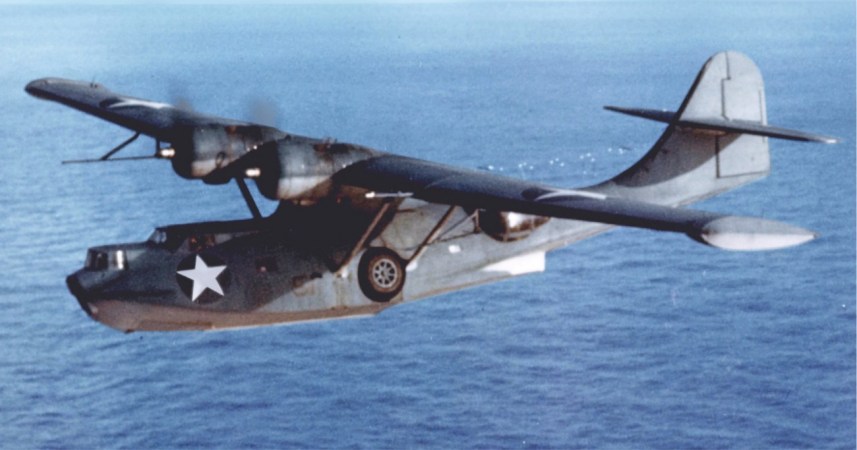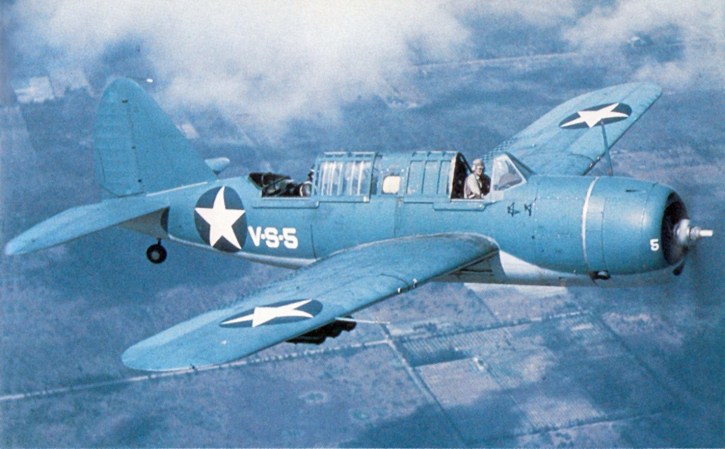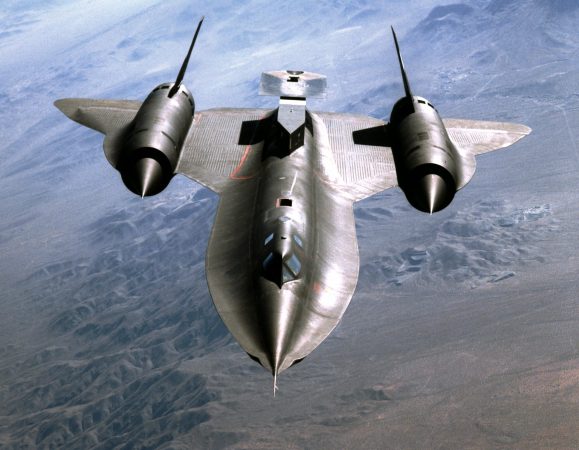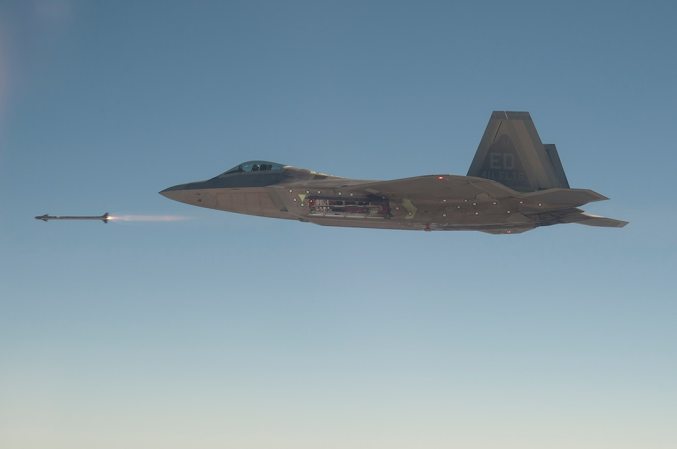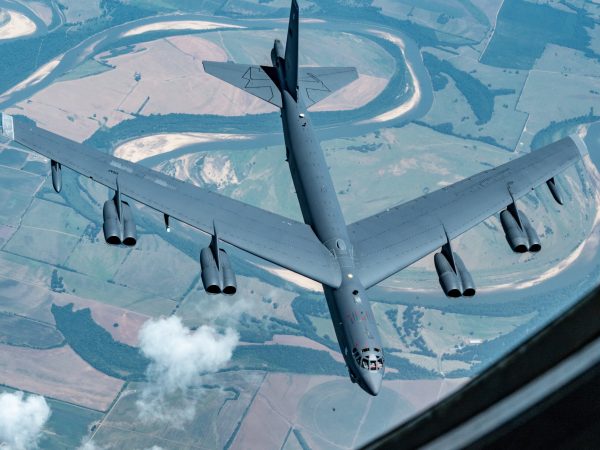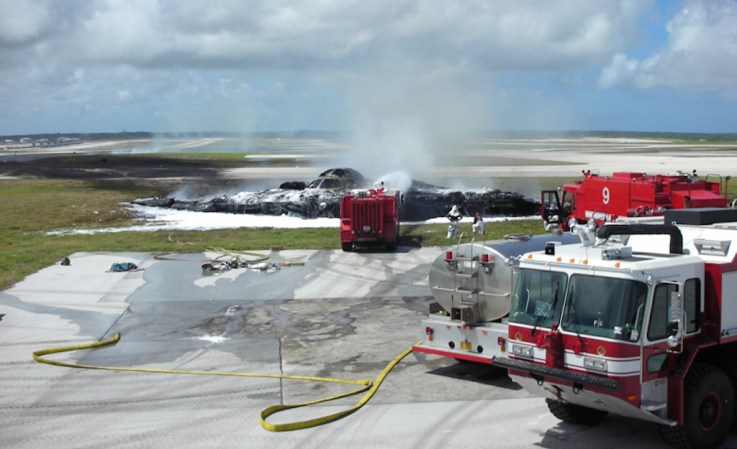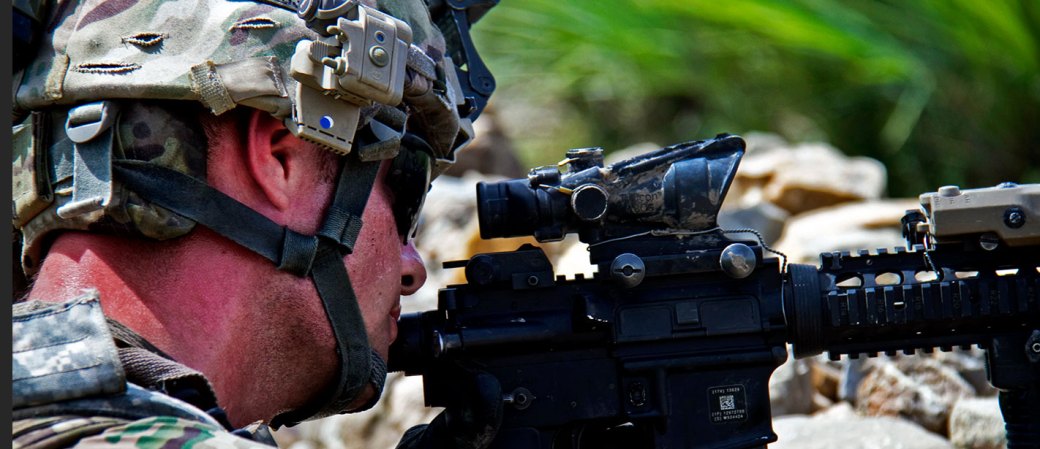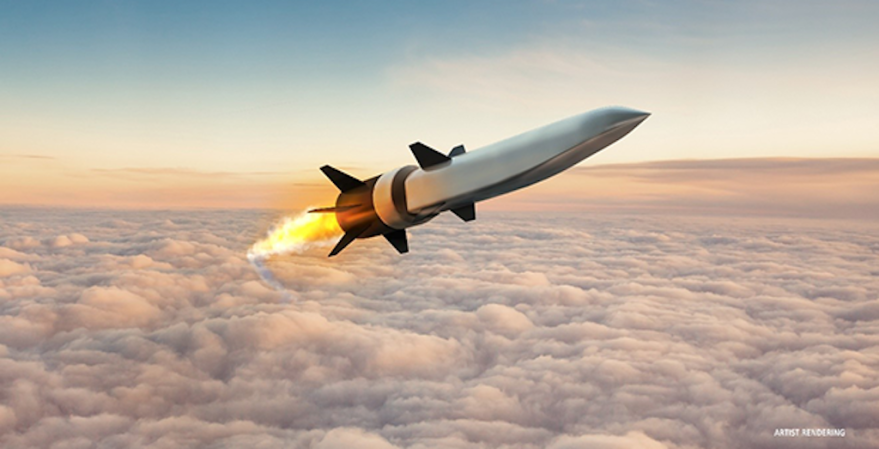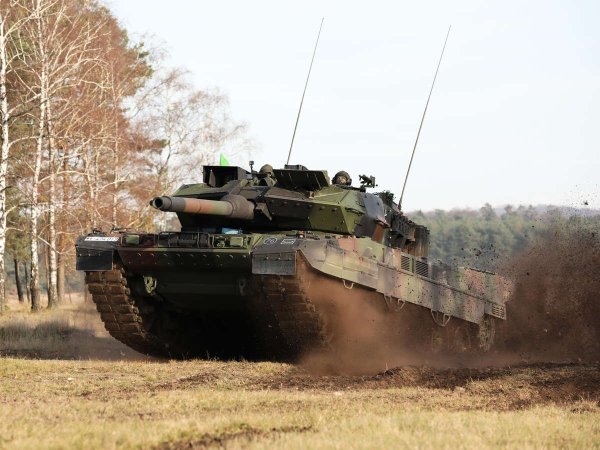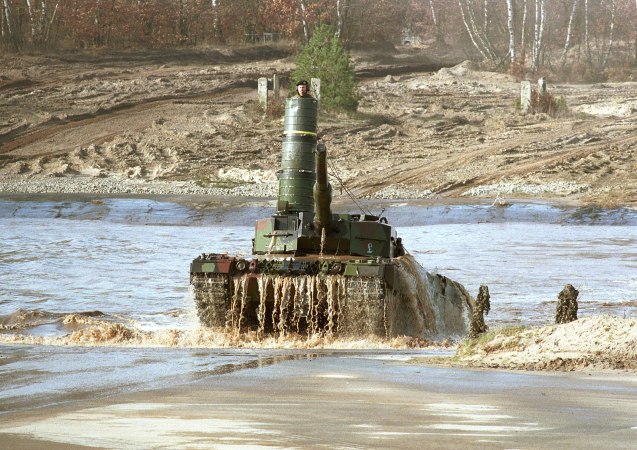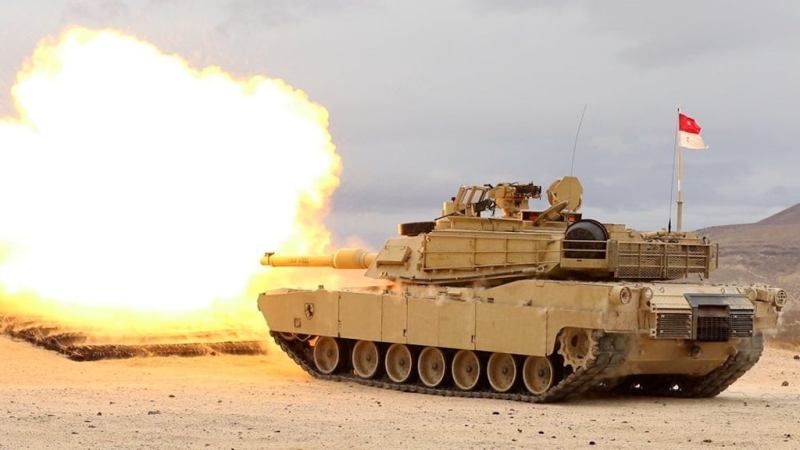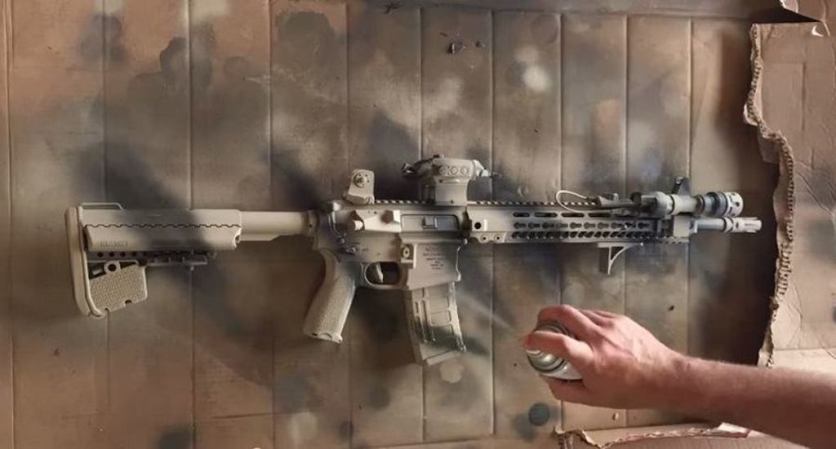Flying boats played an unheralded, but crucial part in some of World War II’s biggest naval battles. For example, pilots in Consolidated PBY Catalinas made the discovery of the Japanese carriers at Midway and helped locate the German battleship Bismarck.
So, why aren’t flying boats still serving in the United States military today? That’s a good question. After all, both China and Russia are still using them and, starting in 2000, have introduced new versions, like the AVIC AG-600 and the Beriev Be-200. Yet the last flying boat in U.S. service was the HU-16 Albratros, which the Coast Guard retired in 1983.

Flying boats have the advantage of using the ocean as a runway, which, unlike other launching points, can’t be cratered by bombs. Any atoll, bay, or cove could be a forward base for these patrol aircraft. But they are also huge, which imposes range and performance penalties that other, land-based planes don’t face.
The end of the flying boat was largely due to the island-hopping campaign of World War II. The United States military built a lot of airbases throughout the course of that war, many of which had long runways. This allowed long-range, land-based planes, like the Consolidated PB4Y Liberator/Privateer to operate.

The PB4Y, a version of the B-24 adapted for maritime patrol, was able to haul 12,800 pounds of bombs at a range of 2,796 miles. The Martin P5M Marlin, by comparison, could only haul 8,640 pounds of weapons 2,051 miles. Although land-based planes outclassed flying boats in terms of cargo transport, they remained useful in search-and-rescue missions, but the helicopter soon pushed them out of that role, too.
Flying boats could remain useful, but the fact is global construction and advances in aviation technology have made them largely redundant in many military roles. These majestic vessels will hang around, but there are fewer and fewer taking flight each day.
Read more on WATM:



